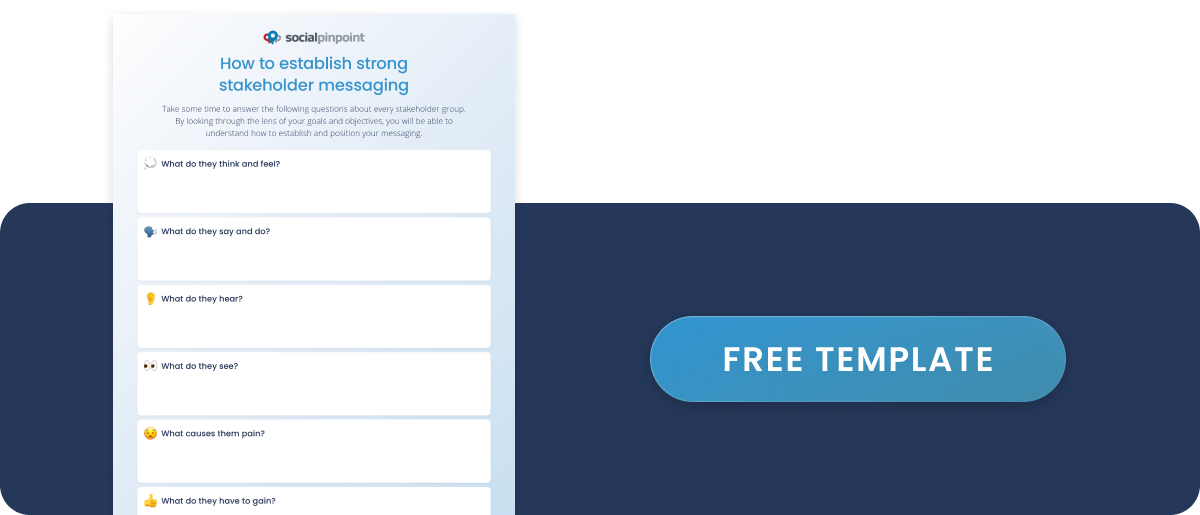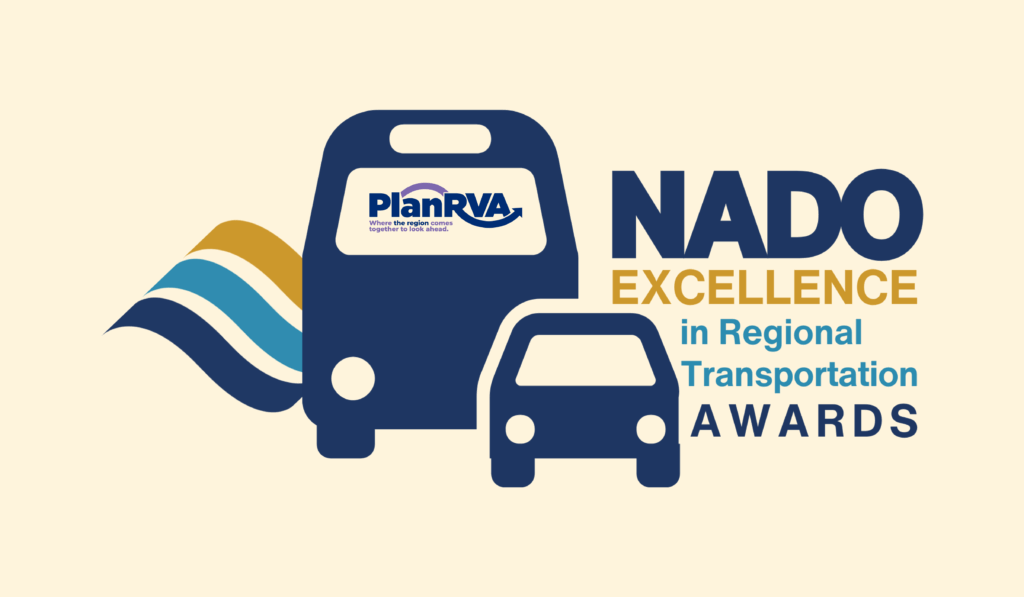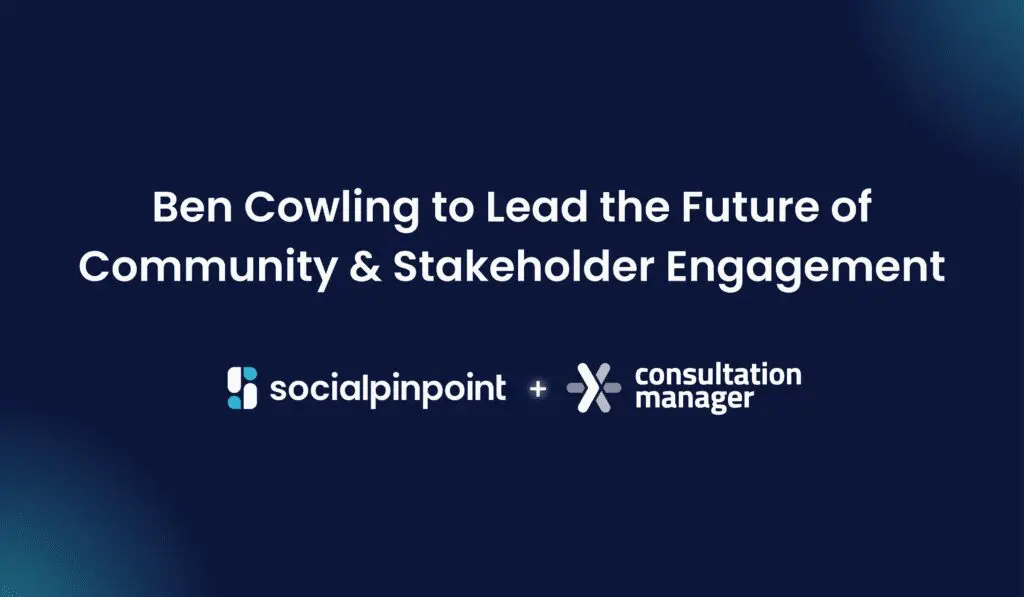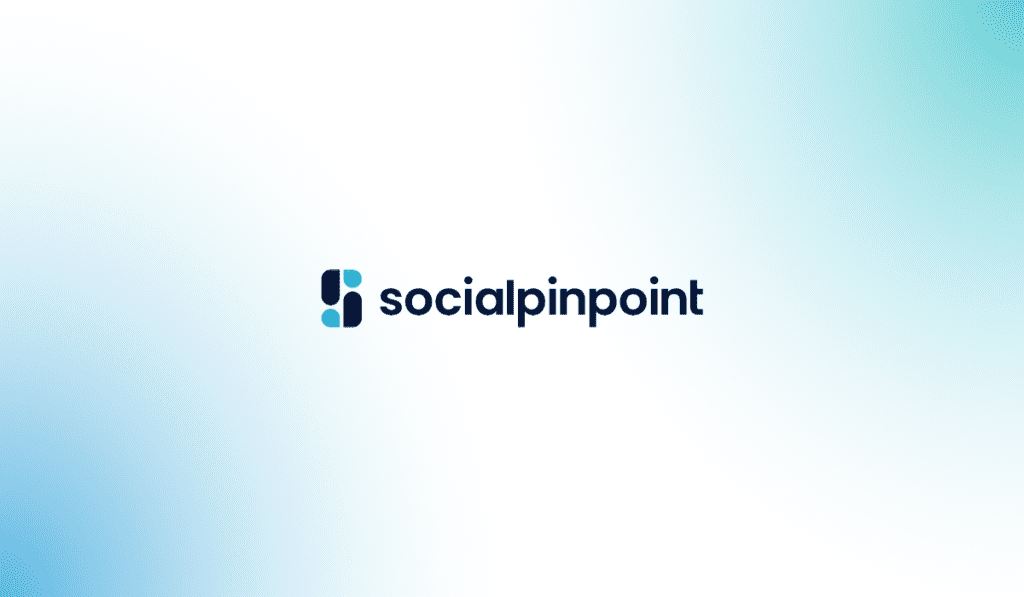Nailing promotion is a number one priority in any community engagement initiative. After all, who is going to give you feedback if no one knows what you’re working on?
An integrated communications strategy will allow you to invite deep and meaningful responses from a diverse group of people, helping you to shape a powerful vision that is responsive to local needs. That’s why we have created a five-phase approach for increasing public participation and reaching more people in your next community engagement initiative.
Phase one: Identify your key stakeholders.
A stakeholder is anyone that will be impacted by your changes. It’s important to identify the full myriad of individual stakeholders as they will all have valuable input to provide and need to be informed about your initiative.
Speak with consultants and your team to identify all of the community members that you need to engage. Remember to consider both primary and secondary community members, i.e. those that live in the area and those that spend time there.
Make sure you paint a clear picture of the demographics of all stakeholder groups so that you understand their accessibility needs and the best ways to reach them.
Phase two: Establish your messaging.
Get to know your stakeholders and try to walk in their shoes before you decide how you will speak to them. One of the biggest mistakes you can make is failing to develop a deeper understanding of who your stakeholders are, what they truly care about, who or what influences them, what their pains or vulnerabilities are, and what gains they could derive from your changes.
Take some time to answer the following questions about every stakeholder group, looking through the lens of your community initiative:
- What do they think and feel? Consider what counts to them, what they get preoccupied about, and what their worries or aspirations are.
- What do they say and do? Think about their attitude in public and their behaviour towards others.
- What do they hear? Get an idea of what people around them say and what influences them.
- What do they see? Understand the environment that they are in and who they are surrounded by.
- What causes them pain? Empathise with their fears, frustrations, and obstacles.
- What do they have to gain? Know their wants and needs, as well as their measures of success.
Once you understand the motivations of your stakeholder groups and how they live, you will have a good idea of how to speak to them. Your messaging should consider their context – what they think, feel, say, do, hear, and see while being empathetic to their pains and gains. Download our helpful template to get started on establishing your messaging here.

This will help you to properly inform all key stakeholders about the importance of the project and the benefits of providing input – giving everyone a fair opportunity to participate.
Phase three: Create a promotion plan.
The pandemic has pushed our relationship with technology and online engagement forward. Lockdowns sparked a huge uptake of digital technology, which is why you should use a combination of offline and online channels to reach your community. Review your assets, such as an engaged list of email contacts or social media followers, and consider how you can leverage them.
Using an integrated mix of owned, earned, and paid channels will also drive a diverse mix of visitors to your community engagement website and get the community talking. Make sure your campaign is informative and engaging, and schedule pieces of content to go out at regular periods throughout the consultation period.
Phase four: Bring your plan to life.
How your promotion plan will come to life depends on your engagement goals, budget, and stakeholders. However, in call cases, a diverse and blended approach tends to be the most inclusive and offers the furthest reach.
Take for example the Honeysuckle Ideas Engagement Campaign conducted by the Hunter Central Coast Development Corporation (HCCDC) and Mara Consulting. The campaign was set up to invite ideas from the community about the ongoing transformation of Newscastle’s harbourside into an accessible, useable, and popular urban space linking the waterfront with the city. It drove so much participation that it was nominated for Excellence in Community Engagement in The Urban Developer Awards.
794 people visited the Social Pinpoint engagement site 3055 times, 294 surveys were completed, 132 comments with 240 ideas were left, and 50+ emails, video/phone calls, and online presentations were facilitated.
The campaign was so successful because it was integrated across multiple channels:
- 2000 residents were letterbox dropped
- Two email newsletters were sent to 118 stakeholders/stakeholder groups and 251 schools
- Live reads were run on Triple M
- News articles and editorial coverage were secured in the Newcastle Herald, Newcastle Weekly, Hunter Deadline and Newcastle live
- Print and digital advertising was run in the Newcastle Herald and Newcastle weekly
- Digital advertising was run in the Hunter Business Chamber email newsletter
- Digital advertising was run in the Hunter Headline
- HCCDC ran Facebook Advertising and posted on its own social media channels
- Signage was set up in the Honesuckle precinct
Phase five: Measure your success.
You will learn more about your community and how to engage them with every project you run. Make sure you set targets at the beginning of your campaign so that you can track your performance and adapt your strategy as required throughout. Also, take the time to reflect on your results and bring forward any ideas or learnings into your next initiative.
Want to gain more ideas on how to increase public participation? Check out how more of our clients are reaching their communities online in our live projects.












